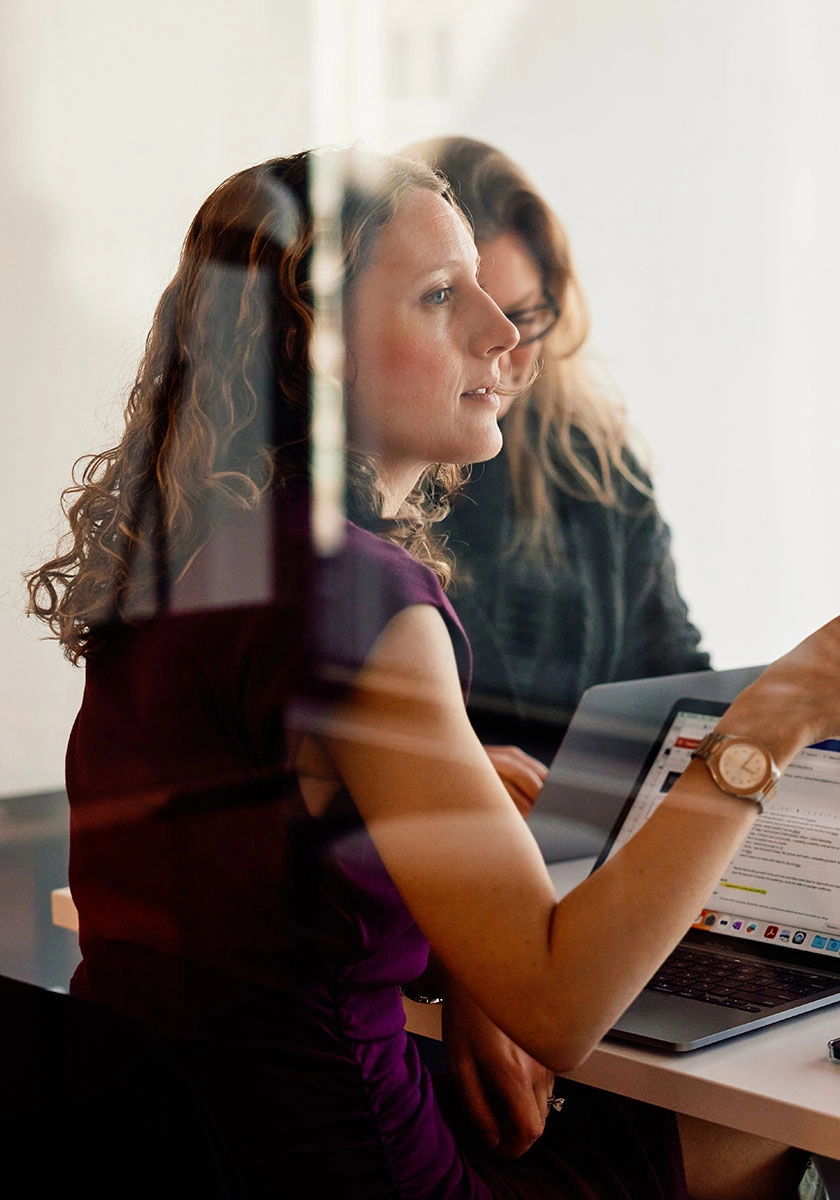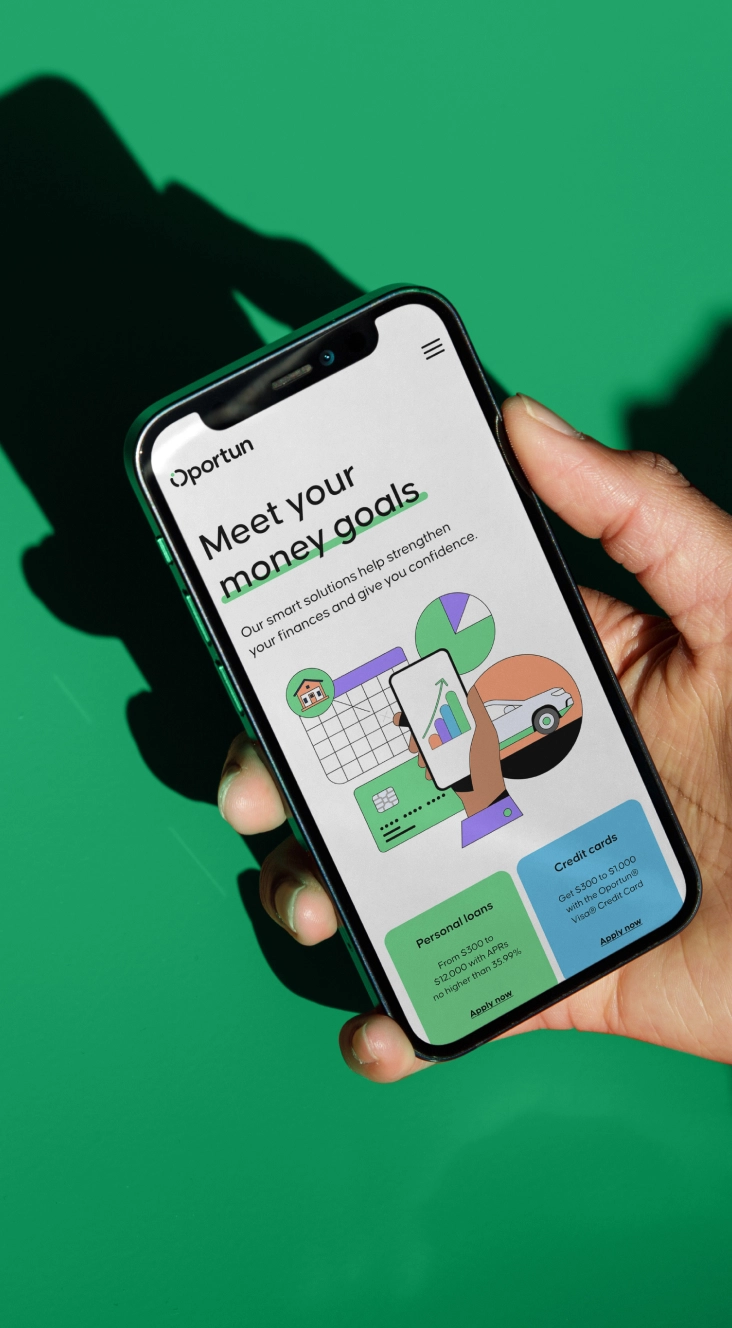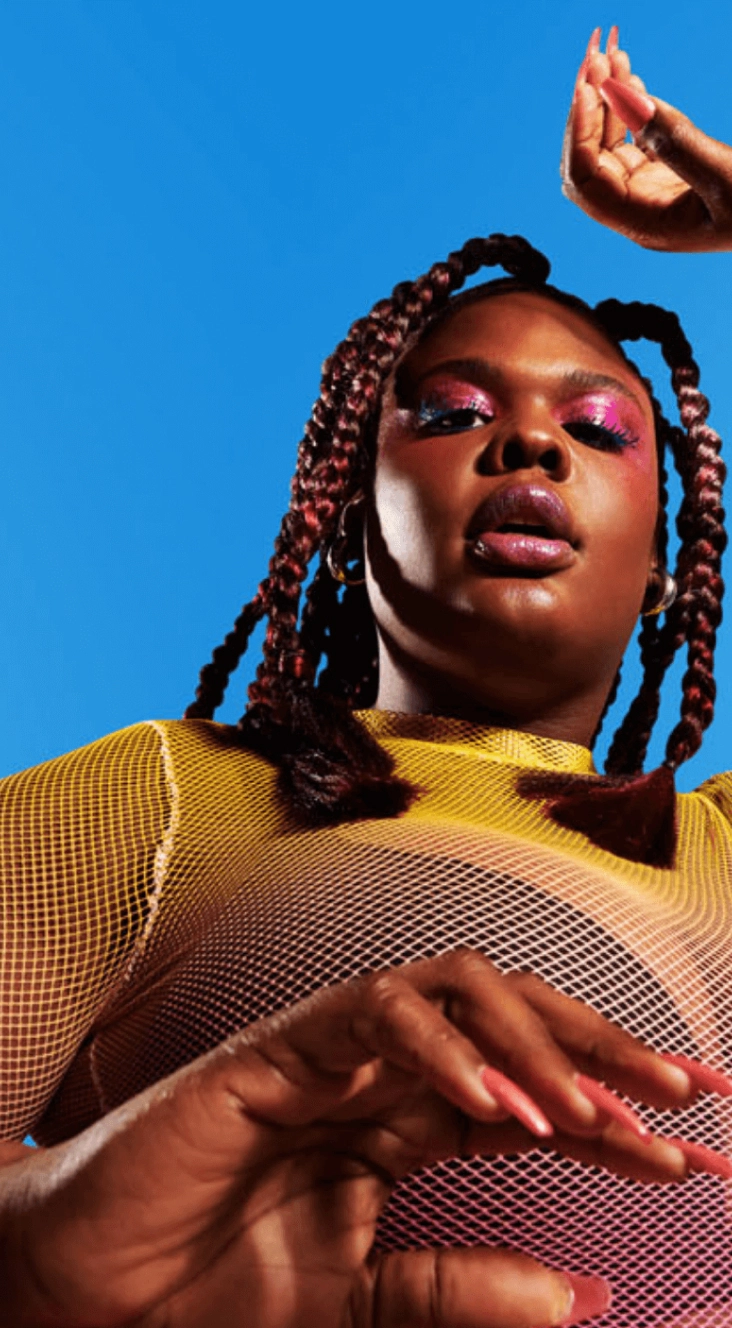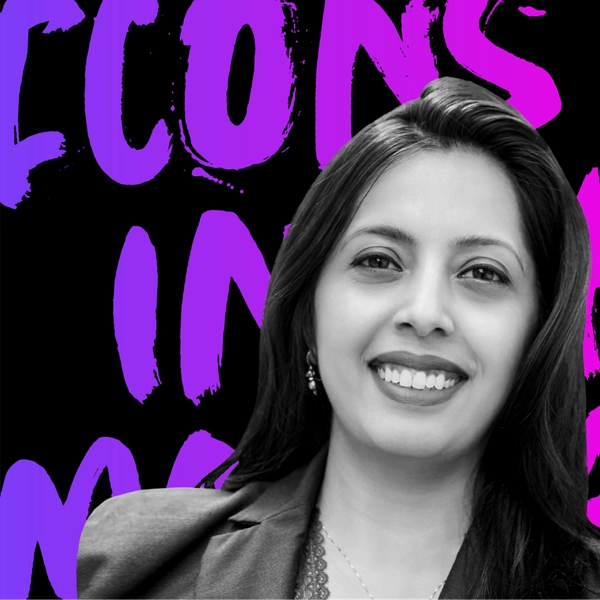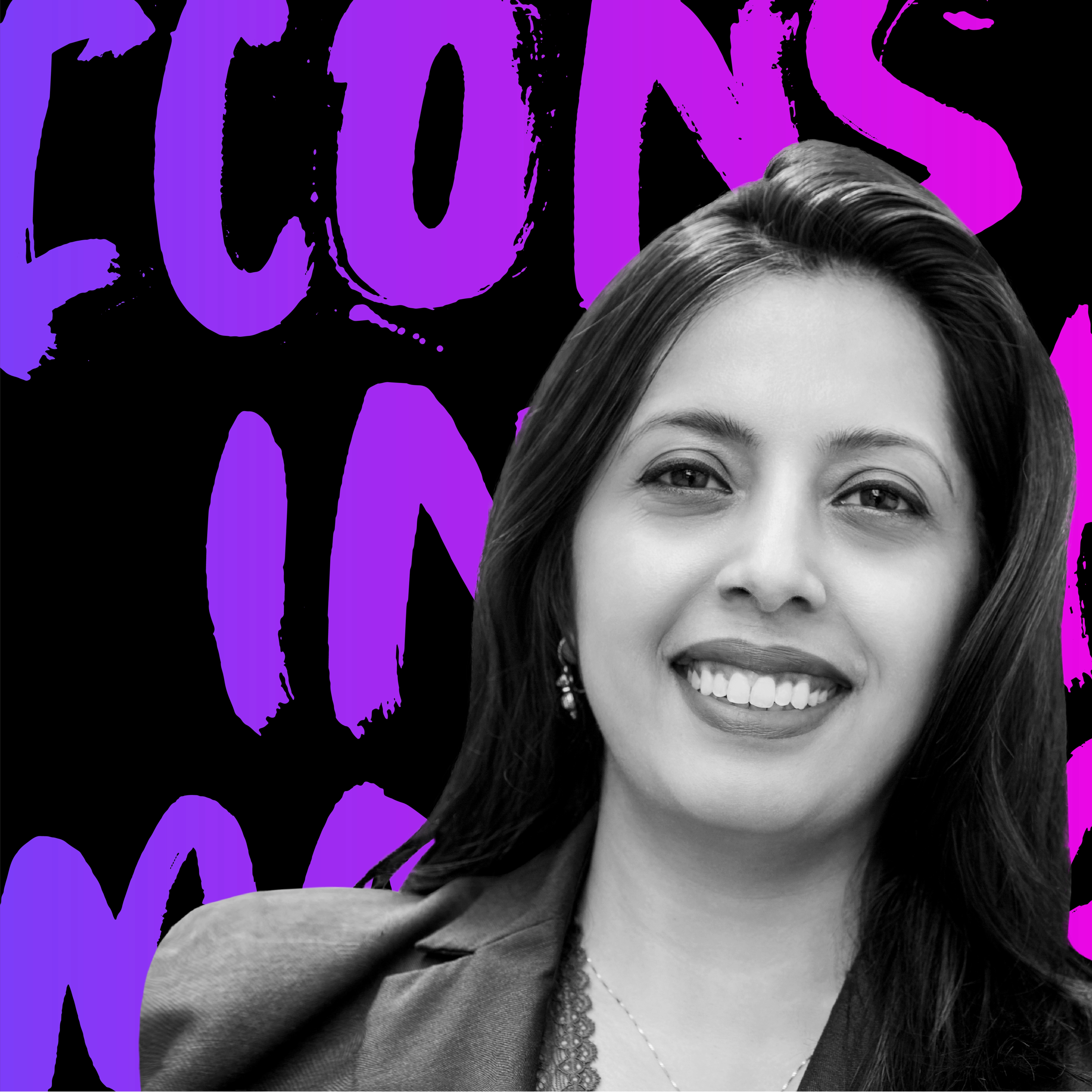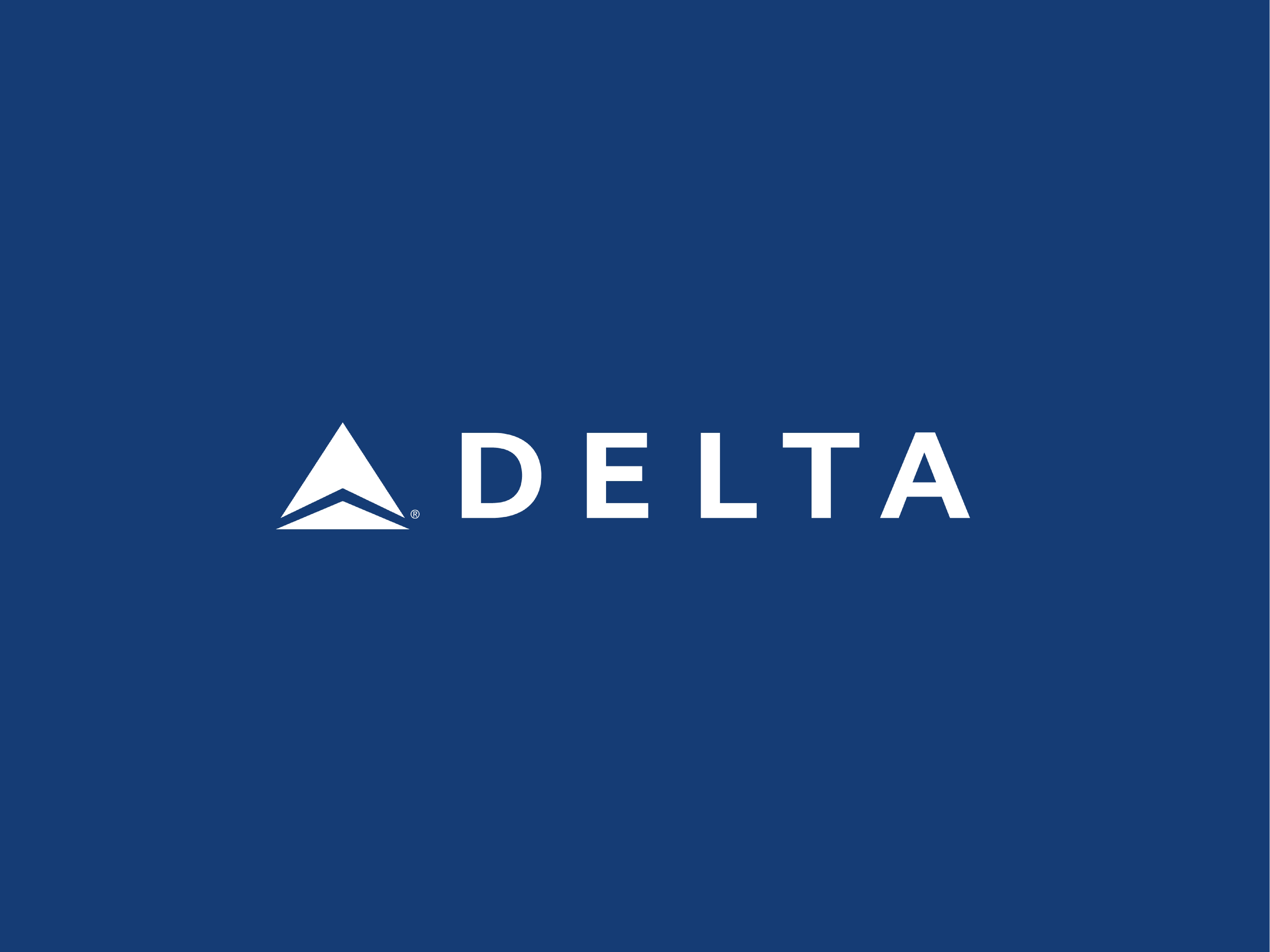Archana Sristy is at the forefront of blockchain as the leader of Walmart’s Blockchain Platform, where she and her team leverage cutting-edge technologies to build transparent supply chains. In this episode, Archana shares the practical ways in which Walmart is leveraging blockchain for the benefit of the customer, one piece of fruit at a time.
Heather Stern: From financial services to retail and music, blockchain technology is transforming the way companies across industries conduct business. Walmart, a brand near and dear to Lippincott’s heart, has been at the forefront as one of the earliest retailers to adopt blockchain technology. So, I’m incredibly excited to be speaking with the woman behind it all, Archana Sristy. Archana leads Walmart’s blockchain platform, where she and her team leverage cutting-edge technologies to build transparent supply chains. Archana’s a tech guru, an educator, a passionate diversity proponent and a thought leader in how to bridge the gap between IT and business teams to create value for Fortune 500 companies. Welcome, Archana.
Archana Sristy: Thank you, Heather, it’s great to be with you.
Heather: It’s great to have you here. I think it’s the third year in a row that you and your team have been honored by Forbes among the top teams that are working on blockchain. That must’ve been exciting.
Archana: It is exciting—and it’s also hard to believe at times, because we are such a small team and we only just got started a few years ago.
Heather: Well, it’s a testament to your leadership, as I’ve mentioned, to witness the transformation of Walmart to such an innovative and exciting company that really lives its purpose every day. It has been wonderful to see. Why don’t we start from the beginning? When did you first learn about blockchain, and how did you arrive at your current position as a senior director of Walmart’s blockchain platform?
Archana: I first became aware of blockchain from the early Bitcoin days and didn’t know what it could do for an enterprise—not until Walmart announced two POCs, in 2016, to track produce and meat in our supply chains. And we announced those two POCs in China and the United States. I remember…I was returning from a trip to Japan, where we had gone for a project implementation, and saw an email from my boss letting me know that we were starting these projects, and how he wanted me to lead it and that it was going to be a highly visible project within the company and externally. I remember this feeling of curiosity and also excitement to do something new and to learn from it. And the rest, as they say, is history.
We completed the two pilots. We were tracking mangoes shipped from Mexico to the US; in the China market, we were tracking pork. And the POC wrapped up in about four to five months. And I remember that when we were doing the discovery with our suppliers, we invited them to come to Bentonville, to our headquarters. We were in a design session with them and told them, “Hey, can you bring all the paperwork and walk us through what kind of journey this pack of mangoes takes?”
So, they walked us through the entire process, right from the time they are harvested to the time they’re put on the truck going to a processing facility until the time it reaches our store. As our supplier was describing everything, he laid down all the papers on the table. It was very humbling to see how much paperwork is involved in bringing that right assortment to you. If you want to eat those mangoes, what does it take to grow those mangoes, to ship them, to bring them here to your store? It was at that moment I realized that there is so much opportunity here for digitization and workflow automation and how many parties are involved in that entire transaction of bringing that assortment to our stores. I realized that this technology was really onto something. After we finished the POC, we quickly pivoted to scaling the system and scaling a team to build out the blockchain network even more. And that’s how I came to be at this position.
Heather: Thinking back to when you got that email and this invitation to lead something very new—but, as you said, highly visible—what has been most surprising on the journey so far?
Archana: It’s about maintaining your own student and learning mindset, because you’re dealing with something that’s going to be bigger than you; it’s going to do much more for your business than what you can see right now. My team and I have always maintained a curiosity and a growth mindset, understanding that we won’t hit the results that we want right away. But if you keep at it long enough in that relentless pursuit, you’re going to learn from it. We’re going to learn: Is this the right way to do it? And then, also, understanding how this technology will transform our business. That is very important.
I think my advice to anybody listening on this podcast would be to understand the problems you’re trying to solve and the why behind it. That will keep your motivation going when you hit those roadblocks, because that kind of patience and curiosity is needed to try again and again.
Heather: So, let’s go back to the journey of the mango and the beginning of the Food Traceability Initiative? Tell me how that has grown and how others are learning from what you’re doing at Walmart.
Archana: Yeah, there’s a whole story behind it that we like to tell. It’s the life of mango. When we started this project, our VP of Food Safety put a case of mangoes on the table and told his team to go trace it using the conventional legacy system that they were using. It took them over six days to trace it back to the origin. And on blockchain, we could show that it could be traced in a matter of seconds. So that kicked us off into launching the Food Traceability Initiative via tracking high-risk products. We started with leafy green, which is a very broad category, that sees more recalls than other categories. So, the lettuce that you use in your salad, other leafy-green products, those were all part of that first set of products where we launched this initiative with our suppliers. It has grown to over a thousand SKU’s that we are tracking. We are also on the advisory board of the network through which we are tracking these products. And we often find ourselves in conversation with our suppliers and other companies that want to be able to use blockchain for traceability, as well, and helping them understand how they can get started.
Heather: Paint the picture for me. What happens when you identify one particular batch of lettuce or mangoes? How do you then intercede to make sure it doesn’t get routed into the stores? What does that process look like?
Archana: During recalls and other investigations, we get requests for information from regulatory bodies where we’re able to quickly identify if we receive the product from an impacted source. So how we are doing that is by tracking the lot numbers for shipments that are coming in. If you think about it, any large retailer or even a mid-size retailer would have thousands of cases or hundreds of cases that they ordered from a supplier. And there are multiple lot numbers within that shipment, so pinpointing which lot number came from which farm is essential to developing that traceability. We’re able to track the lot numbers with the purchase orders that we are tracking on the blockchain. With that association, we are able to respond quickly—and all of this is possible only by digitizing your data. So, going back to what I said early on, digitization is a big piece of using transformational technologies like blockchain—to be able to achieve that.
Heather: How else is Walmart applying blockchain?
Archana: We’re primarily using blockchain to build transparency in our food system, particularly with leafy greens in the US. And in China, we have a food transparency program that they’re running, as well. Then in our Canada market, we’ve done some business transformation with how the carrier invoices are reconciled—and that is running across a whole spectrum of three PL carriers that serve Walmart Canada. We’re also considering blockchain in multiple areas to automate supply-chain transactions between suppliers, carriers and logistics in the US; this is being built from the ground up. We see a direct connection and tie between sustainability and regeneration efforts with blockchain by enabling that transparency.
As you are aware, customers are demanding more and more information around where their products are coming from. And it is very important for all brands to enable that transparency with their customers. We think that a blockchain can really help us meet our customer’s demands by providing that information back to them. As product assortment increases, we can bring information about: Is it organic? Was it sustainably grown? Was it responsibly sourced? All that information can be tied together to the same product as we sell them to the customer.
Heather: So, you can really, tangibly see the benefit to the end customer and what transparency actually can deliver, which is exciting. You’ve quoted Walmart’s founder, Sam Walton, in saying, “Swim upstream. Go the other way. Ignore the conventional wisdom.” How do you and you team embrace that spirit in the work that you do every day?
Archana: Great question, Heather. I would credit the ongoing success of the program to the team’s focus on looking at the business function through a regenerative lens and also aspiring to make our ecosystem better through transparency. Just taking the status quo—that something that worked yesterday is going to continue to work today and tomorrow—is probably not the right decision to make. The way we approach these problems is to unpack the problem that we’re trying to solve. It has to be explained in the simplest of terms. Many times, we bring complex technologies to solve a business problem—and a lot of people don’t understand it. And in the case of blockchain, it was very important for us to understand it ourselves so we can explain it to executives and then, also, evangelize it with others. If you’re finding good results, go and tell all your partners within the company—maybe outside the results you’re seeing—and why it’s important to leverage this technology. Our team is relentless in our pursuit for understanding how can this transform the business function. And that means staying persistent in your approach and overcoming all the obstacles—not looking at them as setbacks but merely another stepping stone to expanding our learning.
Heather: It’s great advice, and it speaks to that partnership that you’ve been able to create in the bridge between IT and the business function. As you said, making it simple, bringing it back to the root of what you’re trying to do as a business and the role that technology can play and not just for technology’s sake. I want to talk about partnerships. We often acknowledge that the space that we’re all operating in is really an ecosystem, and engaging in partnerships that better serve the end customer is the name of the game. Tell me about an exciting partnership or collaboration that Walmart has—or one that you’re hoping to bring on.
Archana: Good question. When we started building a food transparency journey with blockchain, we wanted to build out an ecosystem that benefited all participants. And that’s one of the reasons that we actually invited our competitors and suppliers to build this system with us. I remember, we were having this discussion at the table and it was all about: Is it a global issue? Food safety is a global issue. One company cannot solve it for everybody. In those cases, you have to invite your partners to come and build it with you. Outside of blockchain, there are so many recent partnerships that Walmart announced that I’m so excited about. We’re offering our fulfillment capabilities to Adobe Commerce retail customers, where they can leverage our in-store pickup or curbside pickup. And then, also, we’re building that bridge for them to leverage our marketplace so that they can leverage the same shipping and fulfillment capabilities that our own customers get through the platform.
Another partnership that I’m really excited about is the partnership that we have at Ford for testing their self-driving capabilities—and using Ford with Argo AI, where we are testing autonomous driving cars for last-mile delivery in certain parts of the country.
Heather: It’s great to see so many organizations putting forth tangible goals to help combat climate change and lots of other things. A partnership like that is a great testament to really wanting to work toward making things better and safer and more sustainable.
You’ve been a passionate proponent of diversity. And there are, often, many discussions about women in STEM fields. Obviously, you’re someone that others would look up to. What advice do you have for those looking to get started in this space, and does that differ at all based on gender?
Archana: First of all, thank you for your kind words, Heather. As a woman of color, I know that it may not always be easy for women to carve out their space in technology. But my advice to everybody would be to just pull up a chair and join the conversation. If you’re looking to get started in blockchain, go to a local meet-up or join any open-source community that’s active in your area. I actually sit on the board of Hyperledger Foundation; and as a woman in this space, I can tell you we need diverse representation while building transformational technologies that will shape our future. Don’t doubt yourself if you’re just getting started. Everybody starts from somewhere. And if I could quote the Dao, “The journey of 10,000 steps begins with the first one.” So, we all start from somewhere—and don’t ever, ever doubt yourself. Stay curious and own your voice.
Heather: We often talk about what an exciting, yet daunting, time it is given the role of technology in our lives and in the way that we connect and consume. As you look toward the future and transformative technologies, what excites you most? And what scares you most?
Archana: What concerns me the most about the future is the state of the planet that our kids and grandkids will inherit. I think, coming out of the pandemic, the climate crisis has become increasingly front and center to everybody and every corporation. I think we all have a responsibility to understand what regenerative practices we can adopt today and build a better tomorrow for everyone, especially the next generation. But I am hopeful and excited about the role that technology will play in building a regenerative world. I’m a technologist, and I do believe that a lot of problems in the world can be solved by using technology in the right way. Innovation is happening all around us. You don’t have to be in a sophisticated environment to innovate. I see a lot of innovation happening in other countries, where they don’t have enough resources. So, my hope is that—as the society—we can all lean in and do our part and leverage technology the right way to solve the crisis.
Heather: Is there another deep-rooted problem that you’re hoping blockchain will help solve in the future?
Archana: My hope is that, through transparency, blockchain will build more inclusion and create equitable opportunity and access for all in the digital economy. If you look back and reflect on how certain systems may be built today, maybe there’s a segment of the population that feels left out. And I don’t think it’s by anyone’s bad design or bad intent. By not having diversity of thought and representation when those technologies are being built, we may have ended up in that problem—or just by using traditional ways of conducting transactions, whether it’s human transactions or any other kind of transaction. But with blockchain, there is visibility into everything that has happened on that interaction, every step of the way. And by putting a spotlight on that, it can build more inclusion. My hope is that that will open up access and opportunity for a lot more people.
Heather: …and greater opportunity for more innovation, which is very exciting. This podcast is all about showcasing today’s leaders and icons in the making. Who is your icon?
Archana: You know, when you work at a Fortune One company with over a million associates, you come across everyday heroes and sheroes that inspire you. You only have to step into our store and just look at the person who may be greeting you as you come into the store—or that bakery associate who did not forget how you like your cake made for your birthday. Every day they bring their best to delight the customers and bring out the best in other people. But, personally, Brene Brown had a huge impact on me. It’s been hard for me at times to be most vulnerable in certain situations, and her writings, and her Ted Talks and different books that she has written have really inspired me to let that part of me out in the open and not be afraid. And I think that’s part of anybody’s leadership journey. It was difficult for me at first; but once I went with it, I feel like I came into my own authentic self.
Some of the other icons that I deeply admire are our own CEO Doug McMillon. He’s such a fearless leader; Indra Nooyi for breaking barriers and becoming the CEO of such a large company, and she’s a woman of color—I really, really admire her; and Satya Nadella for showing us how you can help bring empathy front and center into your business.
Heather: So many great icons, and it is clear that you are doing amazing things and that lots of people within the organization and outside the organization clearly look up to you—students that you teach, those on your team. And so, I just want to thank you so much for carving out a little time and spending it with us and demystifying a little bit about what’s happening in the world of blockchain.
Archana: Thank you for having me, Heather. It has been a true pleasure.
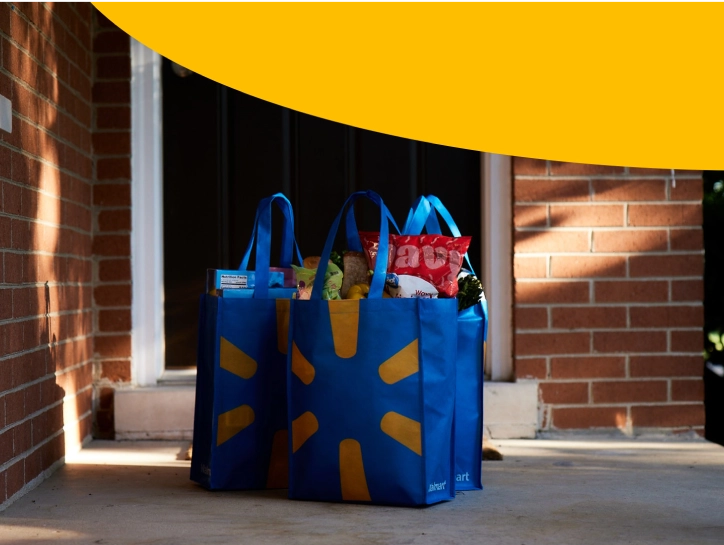
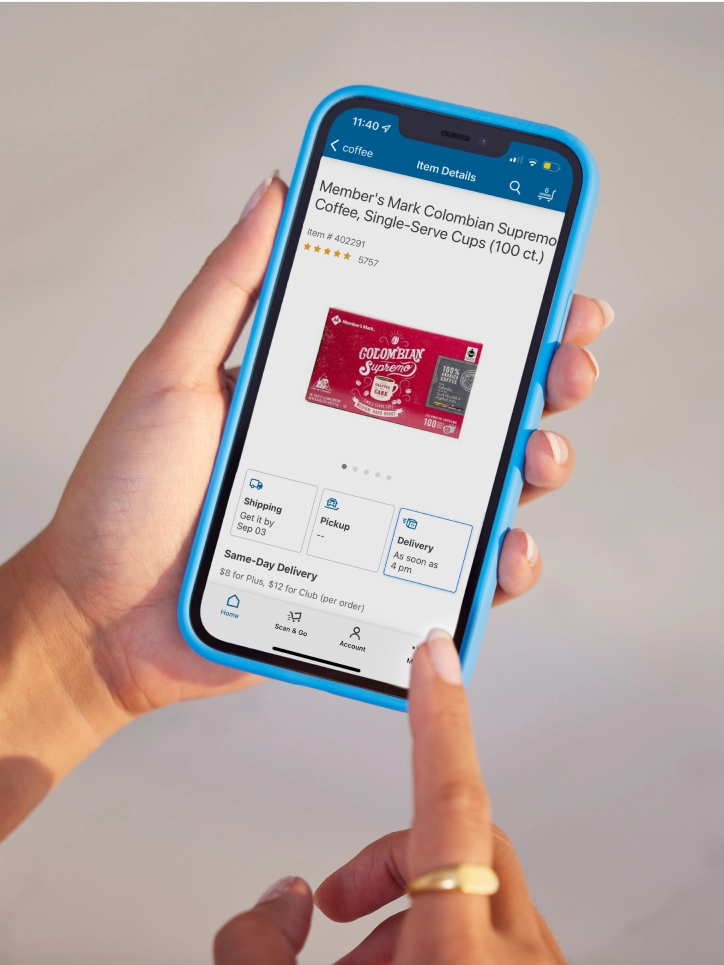

“My hope is that true transparency blockchain will build more inclusion and create equitable opportunity and access for all in the digital economy.”
